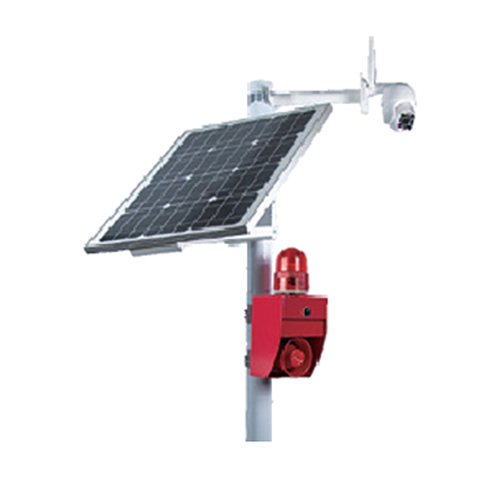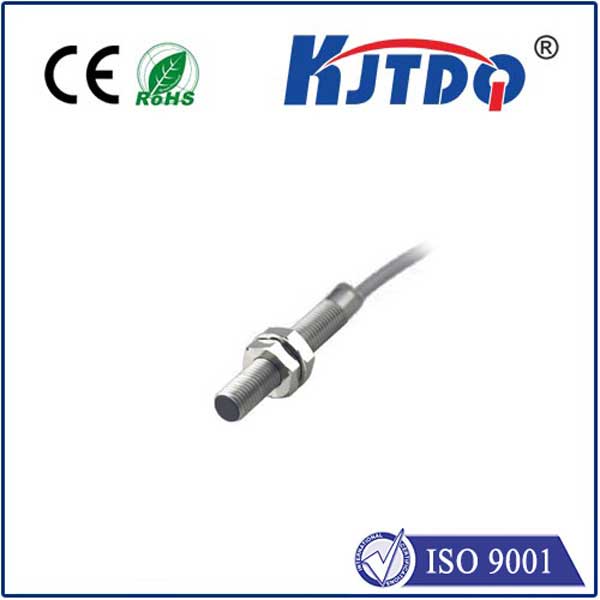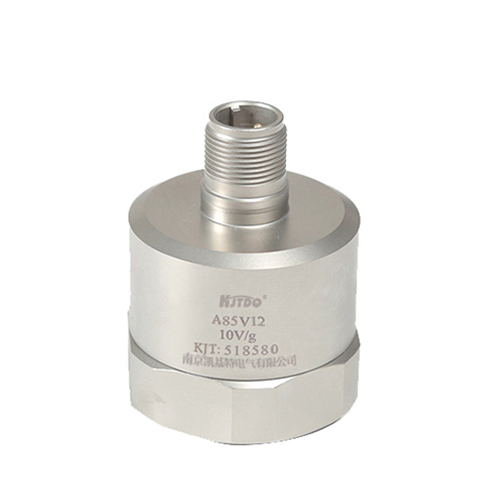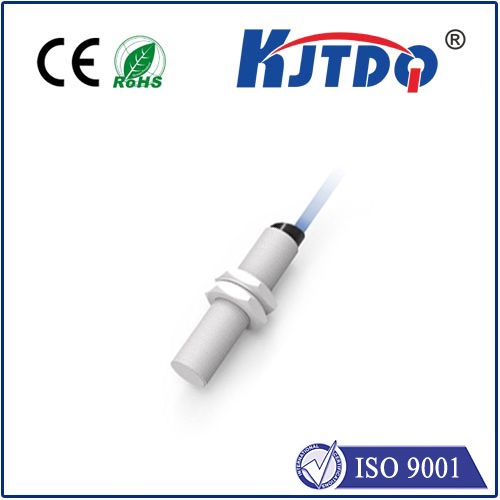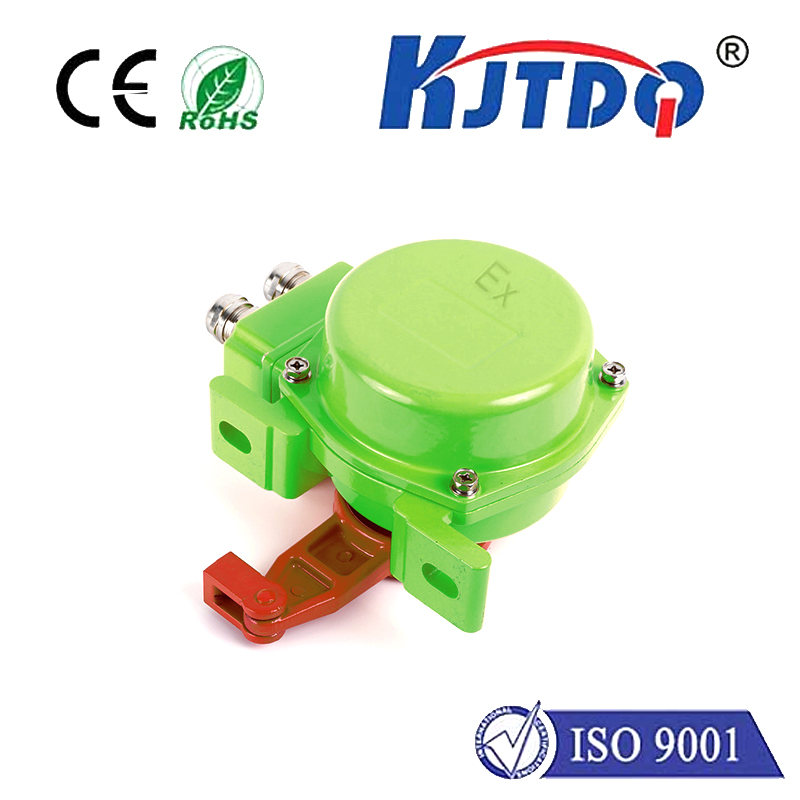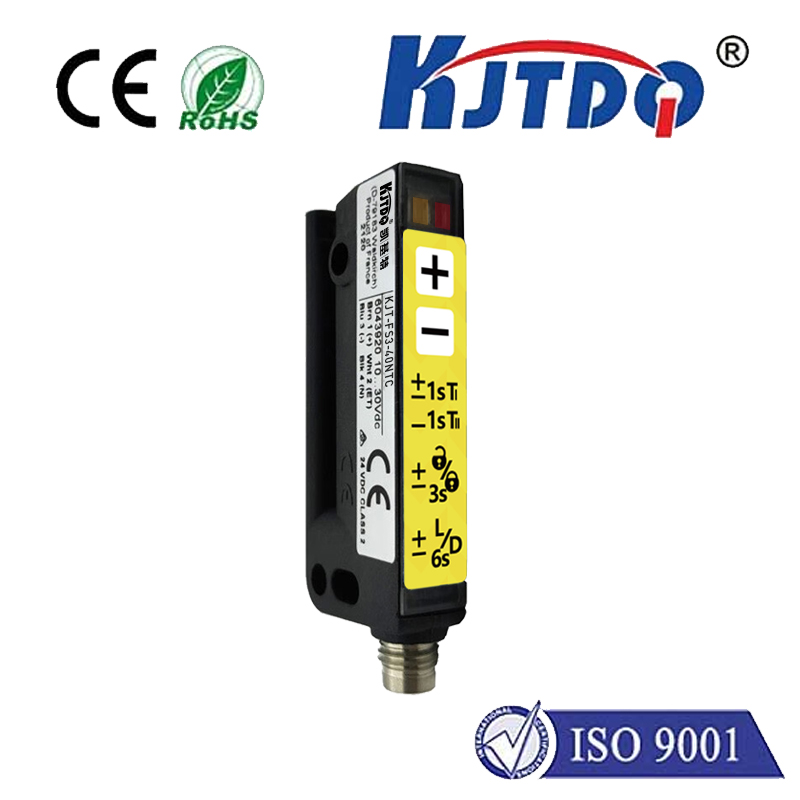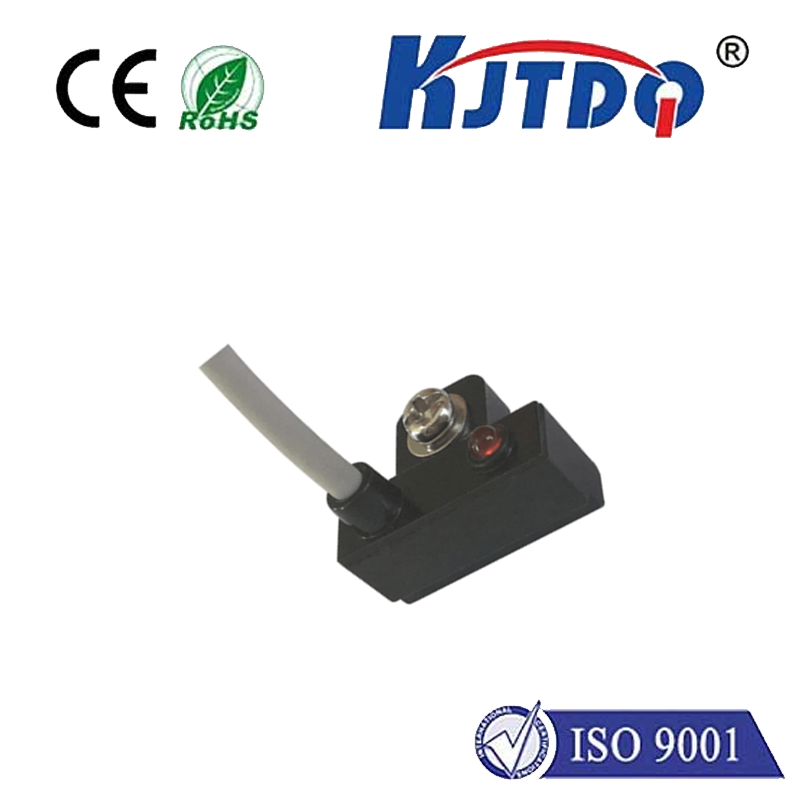

check

check

check

check

check

check

check

check

check

check
Title: "Unlocking the Power of AHU Limit Switches: An In-Depth Analysis"
As we delve into the world of air conditioning systems, one component stands out as crucial to their functioning: the AHU (air conditioning unit) limit switch. This tiny device may seem insignificant, but its role in maintaining optimal temperature control and energy efficiency cannot be overstated. In this article, we explore the significance of AHU limit switches, their different types, and how they function to ensure the smooth operation of air conditioning systems.
I. Introduction
Air conditioning systems are essential components in modern buildings, providing comfortable indoor environments for occupants during hot weather conditions. At the heart of these systems lies the AHU, which plays a pivotal role in maintaining temperature and humidity levels within designated zones. However, without proper monitoring and control mechanisms, such systems can become inefficient and pose health risks to building occupants. One such mechanism is the AHU limit switch, which helps prevent overheating and potential damage to the system's components.
II. The Role of AHU Limit Switches
AHU limit switches are electrical devices that monitor and control the flow of air within an air conditioning system. They work by opening or closing specific circuit paths based on predetermined threshold values, allowing for precise temperature and pressure control. By detecting when the system has reached its desired settings, limit switches help prevent excessive heating or cooling, which can lead to energy wastage and costly repairs.
Moreover, these switches play a critical role in maintaining system safety by shutting down the compressor when it overheats or experiences other mechanical failures. This automatic shutdown prevents further damage to the unit and ensures that occupants remain safe from potential hazards associated with malfunctioning air conditioning systems.
III. Types of AHU Limit Switches
AHU limit switches come in various shapes, sizes, and operating principles, each designed to cater to specific needs and applications. Some popular types include:
1. Normally Closed (NC) Switches: These switches close the circuit when the set point is achieved, ensuring continuous airflow. When the set point is exceeded, the switch opens the circuit, stopping the flow of air and preventing overheating.
2. Normally Open (NO) Switches: These switches open the circuit when the set point is achieved, allowing for continuous airflow. When the set point is not met, the switch closes the circuit, stopping the flow of air and preventing undercooling.
3. Threshold Switches: These switches operate on a threshold principle, opening or closing the circuit when a certain level of temperature or pressure is reached. They offer more precise control compared to simple ON/OFF switches and are commonly used in commercial air conditioning systems.
IV. Functioning of AHU Limit Switches
The functioning of AHU limit switches involves several steps, each aimed at ensuring accurate temperature control and system safety:
1. Set Point Adjustment: Air conditioning systems use a set point value to determine the desired temperature and humidity levels within a particular zone. The set point is usually adjustable based on user preferences and building requirements.
2. Monitoring:limit switches continuously monitor the current temperature and pressure readings within the air conditioning system. This information is used to calculate the difference between the set point and the actual readings.
3. Control Algorithm: Based on the calculated difference, an algorithms determines whether the system needs to increase or decrease airflow to meet the set point. This process is typically automated using advanced control technologies like fuzzy logic or neural networks.
4. Circuit Control: When necessary, either a Normally Closed (NC) or Normally Open (NO) switch is triggered to open or close specific circuit paths, respectively. This directs air flow towards or away from the zone being controlled based on the set point value and system requirements.
V. Advantages of Using AHU Limit Switches
Implementing AHU limit switches offers numerous benefits for building owners, operators, and occupants alike:
1. Energy Efficiency: By preventing excessive heating or cooling cycles, limit switches help reduce energy consumption and lower utility bills for building owners. This not only saves money but also contributes to environmental sustainability by reducing carbon emissions associated with power generation.
2. System Safety: Limit switches ensure that air conditioning units are protected from potential hazards such as overheating, motor damage, and electrical short circuits. This minimizes downtime risks and protects building occupants from accidents or injuries caused by malfunctioning systems.
